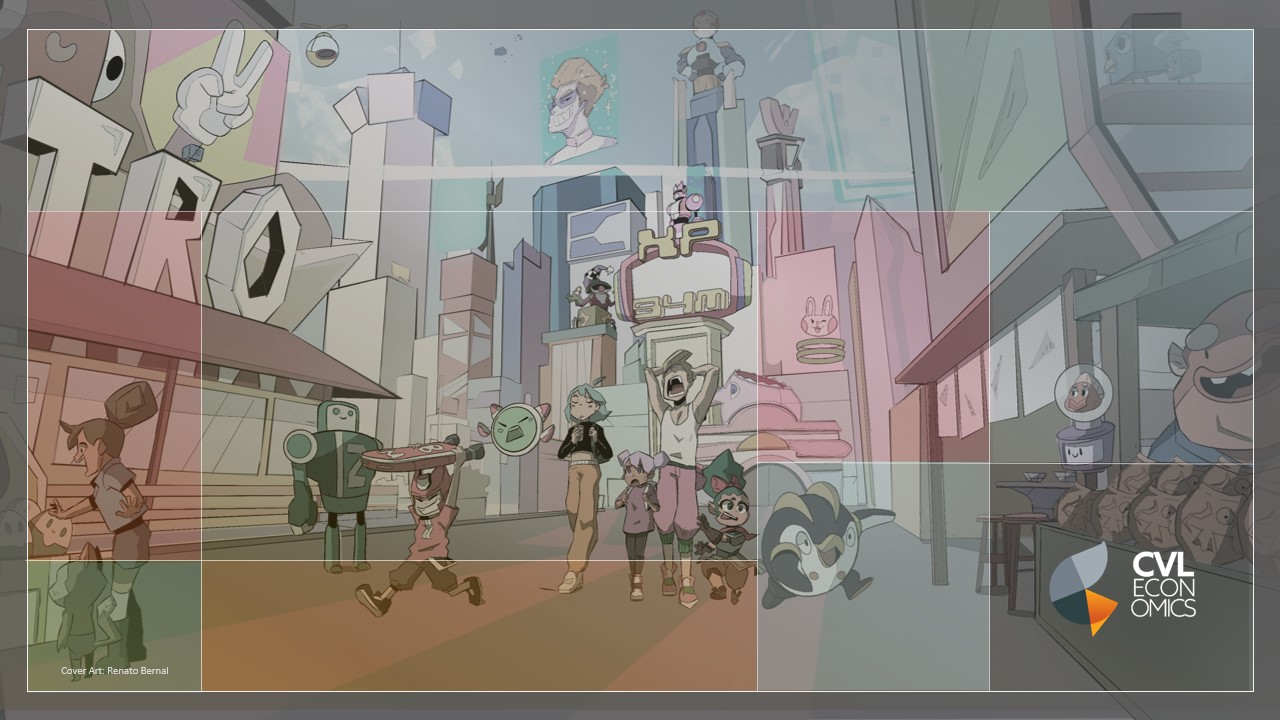Filmmaking has undergone major transformation since its emergence in the early 20th century. In the early days of Hollywood, the industry was dominated by a small number of studios that controlled every aspect of production and had a clear division of labor. Over time, the rise of independent filmmaking, digital technology, and globalization have expanded and diversified the workforce.
Historically, film production comprised of just a few departments – Writers, Directors, Producers, and Cinematographers – with relatively small crews handling most parts of production. But as film production has embraced new technologies such as visual effects and advanced sound design, the demands of modern filmmaking have grown and increased in complexity, leading to the development of new roles and departments dedicated to specialized skillsets and processes.
Today, the largest departments in film production are Producers, Visual Effects, Camera & Electrical Department, Sound Department, and Editorial Department. These departments, especially Visual Effects, have grown significantly due to technological advancements. Between 2010 and 2019, the number of people credited under the Visual Effects department, which includes roles like visual effects artists and digital compositors, grew by 87%. The Editorial Department, with roles like assistant editors and film colorists who transform raw footage into a digitally enhanced final cut, increased 54%. The Sound Department, which includes sound editors and foley mixers, expanded by 49%. And the Camera & Electrical Department, which includes camera operators and lighting technicians, saw a 45% increase in credits. The number of Producers credited grew by 75%, influenced by changes in broader industry and market conditions.
Technological advancements have revolutionized the way stories are told on screen. The shift to digital filmmaking has introduced complex tools like motion capture, visual effects (VFX), and virtual production, requiring specialized skills and overall expanding the number of professionals involved in production. These innovations have not only enhanced creative possibilities but also created new job categories, as filmmakers now rely on teams of digital artists, technicians, and VFX specialists to bring their visions to life. As technology continues to evolve, it is crucial to prepare the workforce to meet new demands, address current skills gaps, and ensure the industry can keep pushing the boundaries of cinematic storytelling.
RELATED CONTENT





